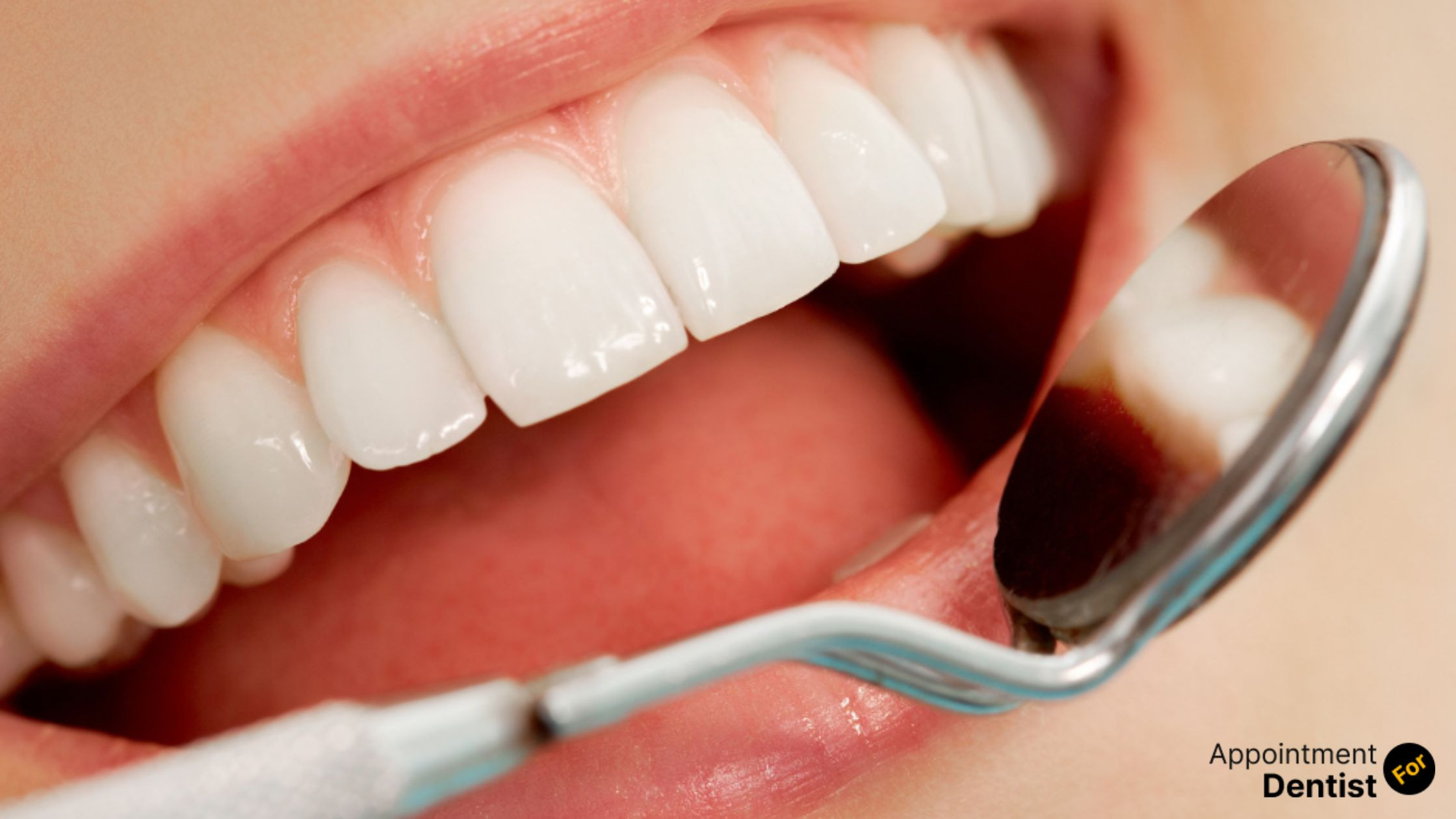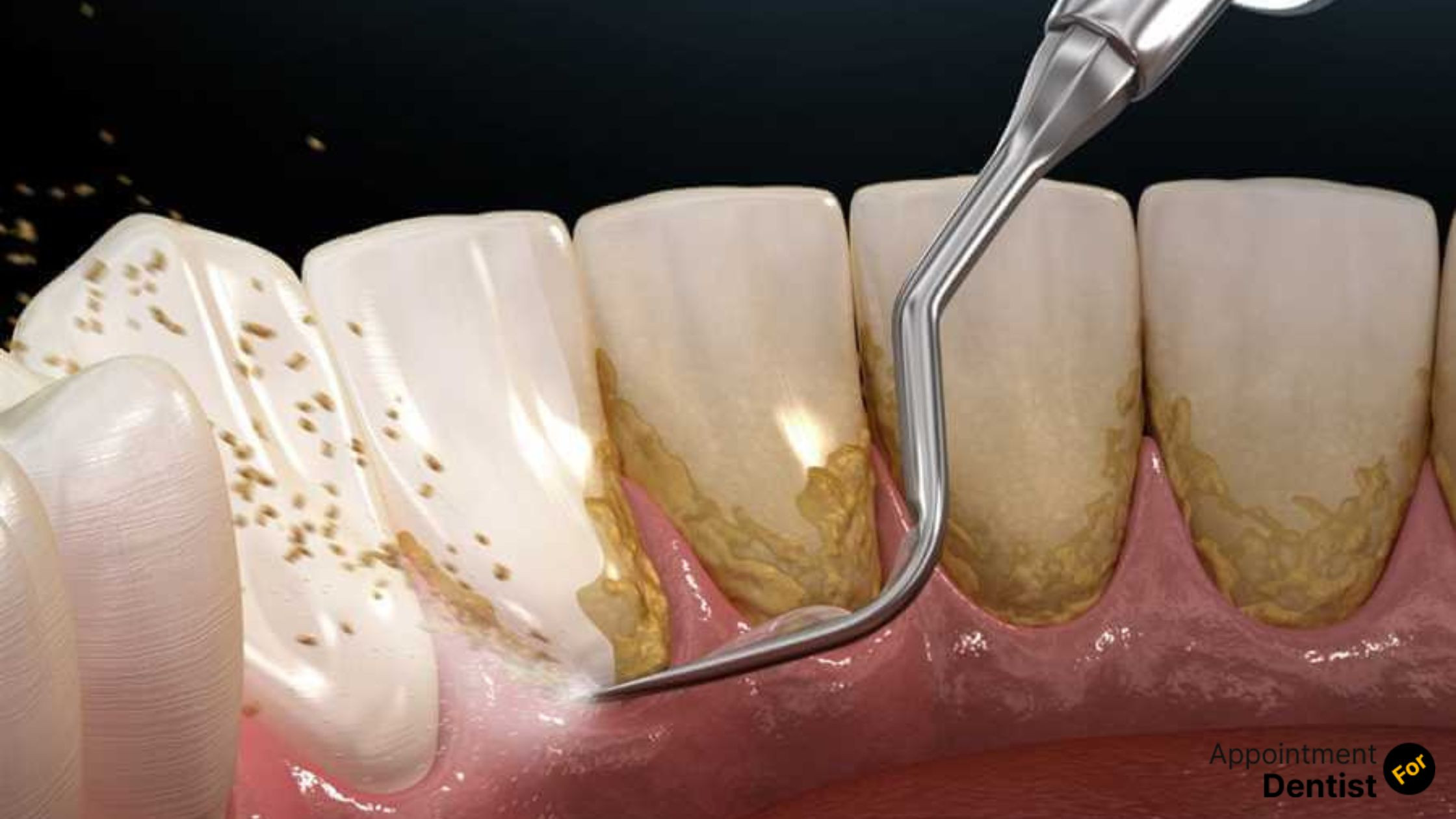Effective Strategies for Managing and Treating Dental Plaque
Posted on August 07, 2024 by Admin

Effective Strategies for Managing and Treating Dental Plaque
Dental plaque is a thin film covering the teeth and gums, composed of bacteria. If not managed properly, this plaque can lead to several oral health issues. Bad oral hygiene leads to a common kind of disease known as angular cheilitis. It is a case where there are painful cracks at the corners of the mouth. Knowing how to efficiently remove dental plaque and provide proper treatment is not only a method for having a healthy, beaming smile but also a way of avoiding diseases like angular cheilitis.
What is a Dental Plaque?
Dental plaque is a soft, colorless film that forms on teeth because of the inhabiting bacteria. If not removed through regular brushing and flossing, plaque hardens into tartar and therefore causes many dental problems, including gum diseases, cavities, and other oral health issues. Plaque contains bacteria that produce certain acids that might damage tooth enamel and irritate gum tissue to cause inflammation and infection.
Also Read: Things You Should Know About Dental Insurance
The Connection between Dental Plaque and Angular Cheilitis
Angular cheilitis represents an inflammatory condition cornered around the corners of the lips, provoked by dry skin, poor nutrition, infection, etc. Poor oral hygiene and resultant dental plaque enhance the course of angular cheilitis due to that it provides a medium with appropriate living conditions for harmful bacteria. Dental plaque should be well managed not only to protect the teeth from decay or supporting bone and soft tissues from periodontal infection but also to avoid other kinds of lesions that include angular cheilitis.

Some Effective Strategies for Dental Plaque Management
- Regular Tooth Brushing and Flossing: This is the basis of plaque management: a constant oral hygiene routine. Brush your teeth at least twice a day with fluoride toothpaste. Use a soft-bristled toothbrush and replace it every three to four months. You should floss daily to remove plaque and food particles between the teeth and along the gum line, where a toothbrush can't reach.
- Antimicrobial Mouthwash: Add using an antimicrobial mouthwash to suppress plaque. Always use those types of mouthwash that have chlorhexidine or cetylpyridinium chloride because they are the bacteria-killing, potentially anti-inflammatory chemicals. Then, gargle using a mouthwash after brushing and flossing for better results.
- Keeping a Well-Balanced Diet: You must also be careful about what you eat as it reflects in oral health. Do not have too many sweet and acidic foods because this will sustain the bacteria that will become plaque, which is responsible for tooth cavities. Instead, have a balanced diet that includes fruits, vegetables, whole grains, lean proteins, and dairy products. Fiber-rich foods will help in secreting saliva, nature's mouthwash, cleaning the mouth and dissolving acids.
- Keep Yourself Well Hydrated: One should drink plenty of water to be healthy. Water helps to wash out the remains of your food and bacteria. These are the very things that can lead to plaque buildup if they stay inside the mouth for too long. Keeping the body well watered also prevents dry mouth, which can contribute to conditions such as angular cheilitis.
- Regular Dental Check-ups: Routine visits to dentists can help in controlling plaque. Dentists are capable of performing professional cleaning to remove tartar and plaque that regular brushing is unable to clear. Indeed, they can identify early manifestations of gum disease or other dental problems and thus undertake timely intervention.
- Treating Angular Cheilitis: In case you are suffering from angular cheilitis, address it together with plaque management. The treatment may involve:
- Topical Treatments: Creams or ointments available over the counter will help in soothing the area, healing it.
- Nutritional Support: An adequate intake of vitamins and minerals, especially B vitamins and iron, would definitely help in preventing a recurrence.
- Moisturizing: Keeping the lips and corners of the mouth moist with some type of protective lip balm will help prevent dryness and chapping.
Must Read: 7 Mistakes to Avoid When Choosing a Dental Plan
Conclusion
Managing and treating dental plaque is very essential in maintaining oral health and preventing conditions such as angular cheilitis. By utilizing some of the following effective methods for lowering plaque, in combination with regular brushing and flossing, the use of antimicrobial mouthwash, a healthy diet, and visiting your dentist regularly, most plaque can be removed to ensure good oral health. In the event of signs of angular cheilitis, its treatment and causative treatment are quite important in ensuring optimal oral health. Keeping a priority on your oral hygiene will not only help in having beautiful smiles but will also increase your overall well-being.
Faqs
-
1. How is dental plaque formed?
Dental plaque forms when bacteria in the mouth mix with food particles and saliva. Some factors that help plaque buildup are bad oral hygiene, high consumption of sugars, and low saliva flow.
-
2. Angular cheilitis caused by dental plaque?
Thus, plaque ultimately leads to periodontal infection and inflammation, which predisposes to an increased risk of infection. By this route, the conditions may then worsen angular cheilitis, especially when there is irritation or cracking of the skin at the corners of the mouth.
-
3. How can I remove the plaque at home?
Yes, regular brushing and flossing remove plaque effectively from home. Using an antibacterial mouthwash also helps reduce plaque formation.
-
4. How often should I see a dentist to manage plaque?
Check-ups and cleanings should be done every six months. However, people who have had gum or plaque problems in the past will need to come more often.
-
5. What should I do if I have angular cheilitis?
If you have angular cheilitis, maintain good oral hygiene, apply topical remedies, and ensure good nutrition. If the symptoms persist, one should visit a healthcare professional so as to rule out other disorders and seek treatment methods.
Recent Post
- The Importance of Oral Health Education for Children
- How to Choose the Right Orthodontic Treatment for Adults
- The Link Between Oral Health and Stroke Risk
- How to Address and Prevent Gum Recession
- Innovations in Dental Anesthesia: Pain-Free Procedures
- The Role of Saliva in Oral Health: Functions and Disorders
- Exploring Holistic Dentistry: What You Need to Know
- How Oral Health Affects Your Immune System
- The Benefits of Using Dental Probiotics
- Oral Health and Pregnancy: Myths and Facts